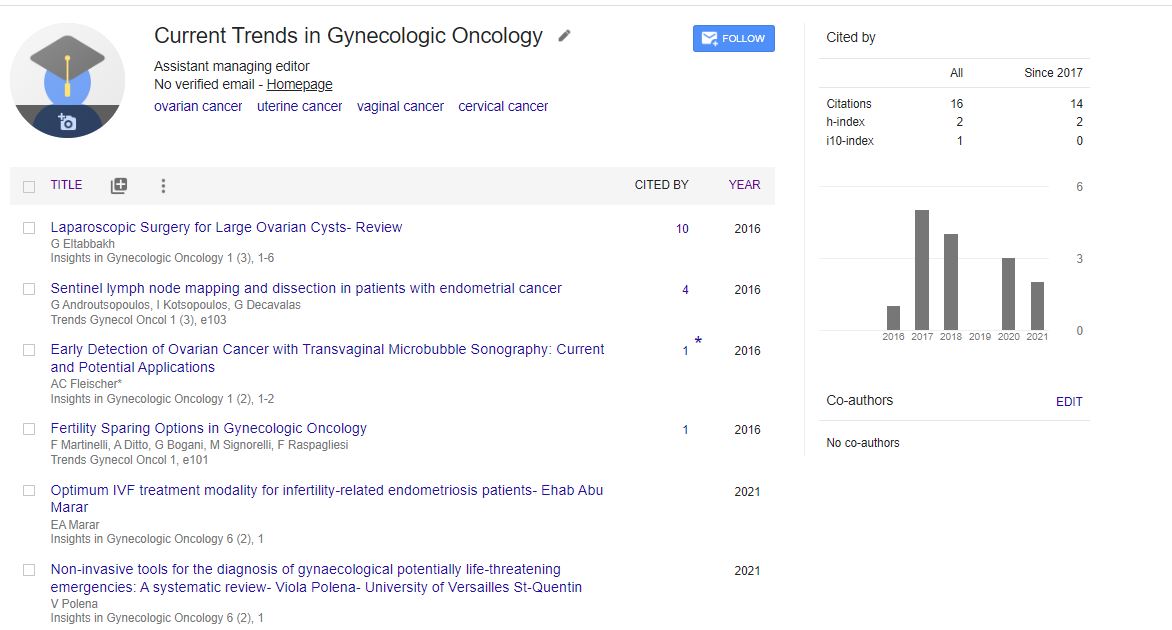A novel device for preventing intravenous catheter dislodgement and associated patient injuries
*Corresponding Author:
Copyright: © 2020 . This is an open-access article distributed under the terms of the Creative Commons Attribution License, which permits unrestricted use, distribution, and reproduction in any medium, provided the original author and source are credited.
Abstract
The most frequent invasive procedure in European healthcare is not safe. Around 80% of in-hospital patients receive intravenous (IV) therapy through a catheter and an average 10.1% of these are accidentally dislodged during treatment, leading to an annual 263 million interrupted treatments and €12 billion in unnecessary healthcare spending globally. The most affected patient groups are children and the elderly with a reported accident rate as high as 36%. This results in, e.g., patient injury, wasted medication, increased plastic waste and increased workload for healthcare staff. The level of severity associated with an incident depends on catheter type, i.e. peripheral venous catheters, central venous catheters, peripherally inserted central catheter and midline catheter, where the highest average costs of €480 per incident can be found for central venous catheters. An innovative safety device to address this problem is currently under development. The device is a two-part safety connector that is to be placed on the patient’s side of the catheter. When the catheter is accidentally pulled, the two parts acts as a weak link and separate, thus preventing dislodgement, patient injury and damage to medical equipment. A double vale system prevents spillage of blood and medication. The constitution of the device allows for rapid reinstatement of IV therapy after an accident and the protection of the catheter and associated consumables, which otherwise would be thrown away after an accident, heavily decreases the amount of plastic being wasted.

